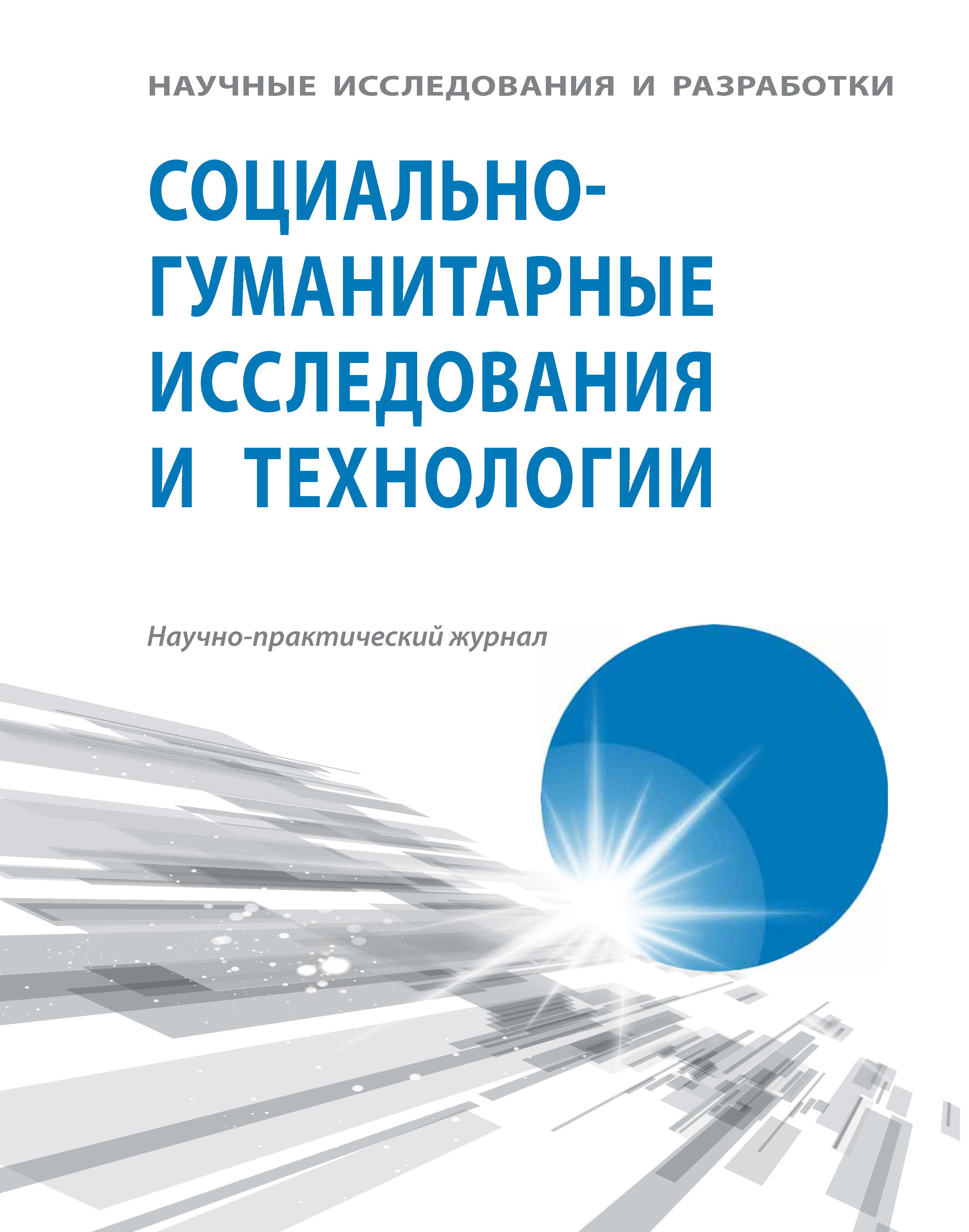Glazov, Izhevsk, Russian Federation
An important part of the modern didactics is the mathematical theory of teaching. The development of information technologies led to the emergence of the method of simulation, which fundamentally changed the study of mathematical models of didactic systems, accelerated the solution of complex problems, increased the clarity of the results. Simulation modeling of the didactic systems requires the development of an appropriate methodology, which combines different principles and approaches. In the article: 1) the cognitive scheme of the didactic process, taking into account the main factors and links affecting on training, is constructed; 2) the important principles of imitation modeling of system “teacher – pupil” are formulated; 3) the results of modeling, allowing to study the dependence of the strength of the acquired knowledge on various characteristics of the didactic system, are analyzed. To model the didactic system, the information-cybernetic approach, the system approach, the fuzzy logic, the methodology of soft systems, the methods of qualitative, mathematical and computer simulation by imitation of stochastic processes and numerical solution of the differential equations are used. The article considers important methodological ideas which underlies the construction of models of the teaching process: 1) the principle of the model multiplicity or the construction opportunity of several models of system; 2) the principle of the correspondence of the simulation results to the real success of the student; 3) the principle of incompatibility of high accuracy of the predictions with great complexity of the studied system. The adequacy criterion of the model is the degree with which the character of its response to the change in the student's parameters and the input values corresponds to the objective regularities of the educational process. The simulation results of the assimilation and forgetting of the logically related information, which takes into account the decrease of the student's working capacity in the course of time, are considered. With its help, the dependence of the quantity and strength of the acquired knowledge on the number of information blocks, their length and duration of remembering was studied.
didactics, learning material, methodology, training, computer modeling, pupil, teacher.
Введение
Математическая теория обучения занимается исследованием дидактических систем (ДС) методами математического моделирования
1. Azhmukhamedov I.M. Nechetkaya kognitivnaya model' otsenki kompetentsiy spetsialista // Informatsionnye tekhnologii v obrazovatel'noy deyatel'nosti. Vestnik AGTU: Upravlenie, vychislitel'naya tekhnika i informatika. 2011. № 2. S. 186-190.
2. Azhmukhamedov I.M., Protalinskiy O.M. Metodologiya modelirovaniya plokhoformalizuemykh slabostrukturirovannykh sotsiotekhnicheskikh sistem // Vestnik AGTU: Upravlenie, vychislitel'naya tekhnika i informatika. 2013. № 1. S. 144-154. EDN: https://elibrary.ru/OFWFMT
3. Atkinson R. Vvedenie v matematicheskuyu teoriyu obucheniya / R. Atkinson, G. Bauer, E. Kroters. M.: Mir, 1969. 486 s.
4. Bolbakov R.G. Osnovy kognitivnogo upravleniya // Gosudarstvennyy sovetnik. 2015. № 1. S. 45-49. EDN: https://elibrary.ru/TQLEMR
5. Bush R., Mosteller F. Stokhasticheskie modeli obuchaemosti. G.: Fizmatgiz, 1962. 484 s.
6. Gorelova G.V. Kognitivnyy podkhod k imitatsionnomu modelirovaniyu slozhnykh sistem // Izvestiya YuFU. Tekhnicheskie nauki. 2013. № 3. C. 239-250. EDN: https://elibrary.ru/PYMNEB
7. Zade L. Ponyatie lingvisticheskoy peremennoy i ego primenenie k prinyatiyu priblizhennykh resheniy. M.: Mir, 1976. 165 s.
8. Kozyreva O.A. Metodologiya modelirovaniya professional'noy kompe-tentnosti pedagoga // EducationalTechnology&Society. № 11(1). 2008. S. 375-377.
9. Kulinich A.A. Komp'yuternye sistemy modelirovaniya kognitivnykh kart: Podkhody i metody // Problemy upravleniya. 2010. № 3. S. 2-16. EDN: https://elibrary.ru/LIBYZW
10. Leont'ev L.P., Gokhman O.G. Problemy upravleniya uchebnym protsessom: matematicheskie modeli. Riga, 1984. 239 s.
11. Mayer R.V. Imitatsionnoe modelirovanie protsessa obucheniya kak odin iz metodov sovremennoy didaktiki // Distantsionnoe i virtual'noe obuchenie. 2017. № 3. S. 49-56. EDN: https://elibrary.ru/WDNFUT
12. Maksimey I.V. Imitatsionnoe modelirovanie na EVM. M.: Radio i svyaz'. 1988. 232 s.
13. Sviridov A.P. Statisticheskaya teoriya obucheniya: monografiya. M.: Izd-vo RSGU, 2009. 570 s.
14. Solovov A.V. Elektronnoe obuchenie: problematika, didaktika, tekhnologiya. Samara: «Novaya tekhnika», 2006. 462 s. EDN: https://elibrary.ru/TEJNFJ
15. Chabanenko P.P. Issledovanie bezopasnosti i effektivnosti funk-tsionirovaniya sistem chelovek-tekhnika ergosetyami. Sevastopol', 2012. 160 c.
16. Mayer R.V. Imitating model of assimilation and forgetting of the logically connected information // International Journal of Advanced Studies. 2017. Vol. 7. № 2. pp. 64-73. DOI:https://doi.org/10.12731/2227-930x-2017-2-64-73. EDN: https://elibrary.ru/ZGBPTN







